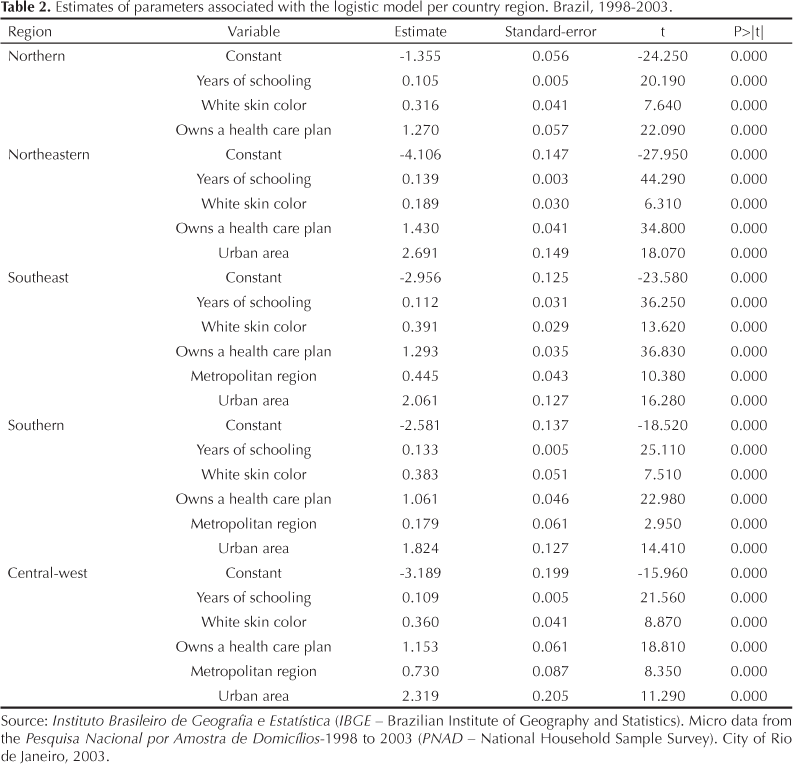OBJECTIVE: To estimate landline telephone coverage effects on potential information bias in epidemiological surveys. METHODS: Databases of the Pesquisa Nacional por Amostra de Domicílios (National Household Sample Survey), from 1998 to 2003, were used to estimate landline telephone coverage rates in the five Brazilian geographic regions. Multiple regression analysis was used to identify factors associated with owning a landline telephone. Bias impact on 95% confidence intervals was assessed, according to the accuracy achieved in each situation. RESULTS: In the Southern and Central-west metropolitan regions, with 70% coverage or more, associated bias was considered insignificant. In the remaining regions, related bias was above the acceptable limit (0.4), indicating possible errors in inferences drawn with a 95% confidence interval. Likelihood of access to a home landline telephone was greater among the white population with higher level of education. CONCLUSIONS: Findings reveal that the use of residential telephone records is indicated to conduct epidemiological surveys in Brazilian states where coverage is above 70% exclusively. Specific methodologies to treat estimates obtained in regions with lower rates need to be analyzed and published.
Epidemiological Surveys; Coverage bias; Vigitel; Telephone Surveys





